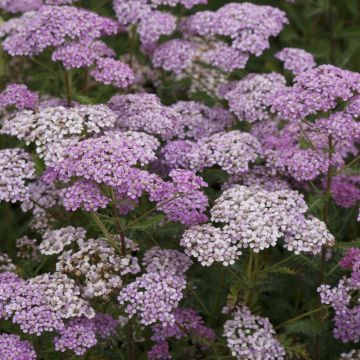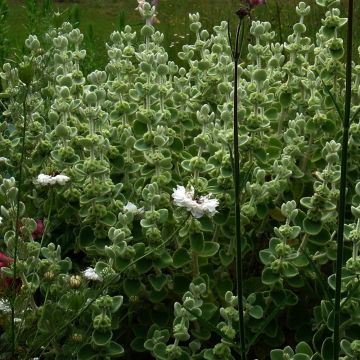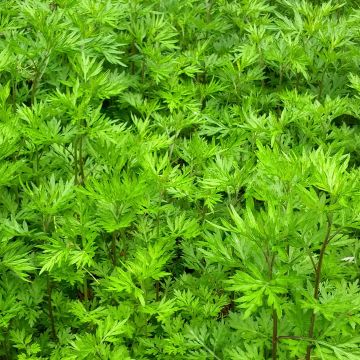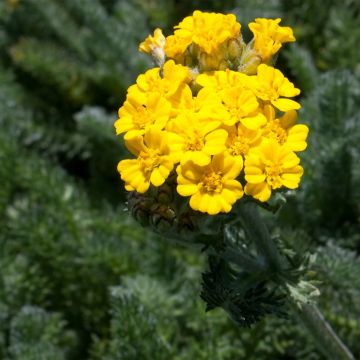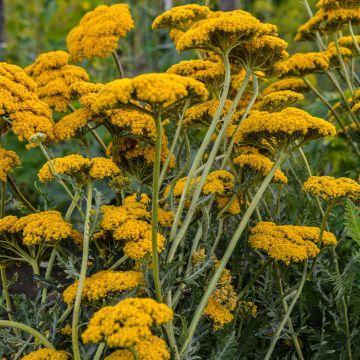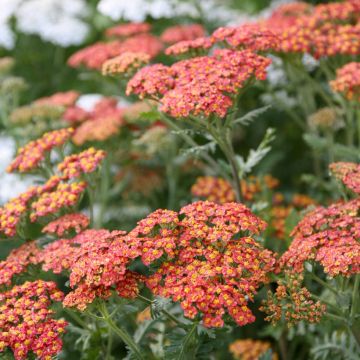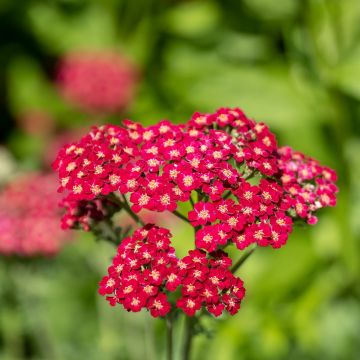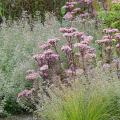Allelopathic plants
Would this plant suit my garden? Set up your Plantfit profile →
Available in 2 sizes
Available in 0 sizes
Available in 2 sizes
Available in 1 sizes
Available in 1 sizes
Available in 2 sizes
Available in 2 sizes
Available in 1 sizes
Available in 1 sizes
Available in 2 sizes
Available in 1 sizes
Available in 2 sizes
Available in 1 sizes
Available in 1 sizes
Available in 1 sizes
Available in 1 sizes
Available in 1 sizes
Available in 1 sizes
Available in 1 sizes
Available in 2 sizes
Available in 1 sizes
Available in 1 sizes

Available in 2 sizes
Available in 1 sizes
Available in 3 sizes
Available in 1 sizes
Available in 1 sizes
Available in 1 sizes
Available in 1 sizes
Available in 1 sizes
Available in 1 sizes
Available in 1 sizes
Available in 2 sizes
Available in 2 sizes
Available in 1 sizes
Available in 1 sizes
Available in 1 sizes
Available in 1 sizes
Available in 1 sizes
Available in 2 sizes
Available in 2 sizes
Available in 2 sizes
Available in 1 sizes
Available in 1 sizes
Available in 1 sizes
Available in 1 sizes
Available in 2 sizes
Available in 1 sizes
Available in 1 sizes
Our range of allelopathic plants. These plants influence their environment by releasing chemical substances that slow down or inhibit the growth of other species nearby. This is a strategy to compete for water and nutrient resources. The walnut tree, especially Juglans nigra, is known for the juglone released by its roots. This compound accumulates in the soil and acts as a natural weedkiller, particularly on solanaceous plants (tomatoes, petunias, potatoes...). Many garrigue plants like Rosemary (Rosmarinus officinalis), Thyme (Thymus vulgaris), and cistus, as well as other aromatic plants like Common Sage (Salvia officinalis), have allelopathic properties: they clear the area around them. This is also the case with several drought-tolerant plants, notably Phlomis fruticosa, whose decomposing leaves on the ground prevent the germination of other plants. St. John's Wort (Hypericum perforatum) also has inhibitory effects on neighbouring vegetation. To colonise the soil, many yarrow (Achillea millefolium, Achillea crithmifolia) are able to outcompete "weeds" with allelopathic substances. Among hedge shrubs, the cherry laurel (Prunus laurocerasus 'Novita') acts as a natural herbicide: the decomposition of its dead leaves releases a kind of cyanide in the litter layer that prevents any vegetation from growing at its base.
In challenging environments where competition is fierce, plants use chemical weapons to survive and reproduce. By drawing inspiration from these natural strategies, it is possible to design gardens that require less maintenance and ultimately very little weeding.
These allelopathic plants are ideal for water-saving gardens, as well as for areas where natural management is preferred. They just require a little attention at the beginning to help them establish. Afterwards, they can take care of themselves!
Haven't found what you were looking for?


































